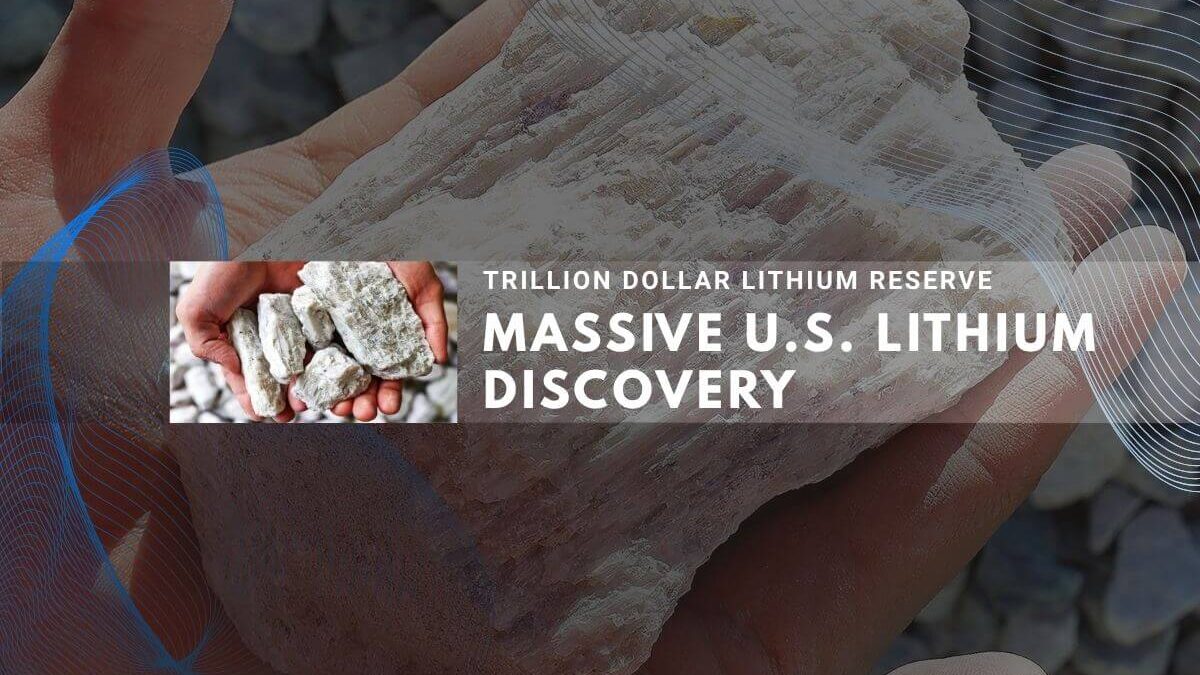A major lithium deposit straddling the Oregon-Nevada border has been confirmed within the McDermitt Caldera, valued at approximately 1.5 trillion dollars. This U.S. deposit represents critical progress toward American supply chain independence for battery manufacturing. The Thacker Pass project, operated by Lithium Americas Corporation in partnership with General Motors, will operate across the Oregon-Nevada border region. The federal government acquired 5 percent equity stakes in both the company and project in October 2025, reflecting strategic prioritization of domestic mineral production.[1][2][3][4]
Project Timeline and Production Capacity Details
The Thacker Pass project targets initial production in 2027, with operational ramp-up continuing through 2028. This timeline aligns with recent industry analysis confirming year-end 2027 for maiden production. Phase 1 production will reach 40,000 tonnes of battery-grade lithium carbonate annually from this U.S. location. The project includes planned expansion to 160,000 tonnes across five development phases over approximately 85 years.[5][6][7][8]
Geological Composition and Mineralization
The deposit contains lithium hosted in illite-bearing Miocene lacustrine claystones with exceptionally high grades reaching 1 weight percent lithium. This concentration exceeds typical global claystone deposits by more than double, indicating superior geological favorability. Ancient hydrothermal circulation within the volcanic caldera created concentrated mineral veins and layered lithium-bearing strata.[9][10][11]
Extraction Technology and Processing Methods
Claystone lithium extraction requires acid-leaching and selective recovery processes, differing fundamentally from spodumene hard-rock mining or South American brine operations. The project employs direct lithium extraction technology, selective leaching, closed-loop reagent systems, real-time spectral mapping, and machine-learning optimization.
Processing powered by renewable electricity could deliver lower-carbon lithium than imports from distant regions. Research indicates reshoring mid-stream and downstream battery manufacturing reduces total carbon emissions by 15 percent and energy use by 5 to 7 percent.[12][13][14][15]
Water Management and Environmental Requirements
Lithium extraction consumes approximately 500,000 liters of water per tonne of lithium produced. The project operates within sagebrush-steppe ecosystem requiring rigorous habitat protection and groundwater management.[16][17]
Critical environmental protocols include:
- Continuous aquifer monitoring systems tracking groundwater changes.
- Dust control measures protecting high-desert air quality.
- Wildlife corridor preservation maintaining species migration patterns.
- Reclamation bond requirements ensuring post-mining land restoration.
- Baseline environmental studies documenting air, soil, and aquifer characteristics.
- Federal performance monitoring meeting environmental standards.
Direct lithium extraction approaches reduce operational disturbance compared to evaporation-pond systems used traditionally.[18]
Global Lithium Market Context and Demand
Global lithium demand reached 1.55 million metric tonnes in 2025, reflecting 25 percent annual growth. The 2026 demand forecast ranges from 1.7 million metric tonnes (conservative scenario) to 1.9 million metric tonnes (growth scenario). The 40,000-tonne Phase 1 output represents approximately 2.6 percent of conservative 2026 demand.[19][20][21]
Primary lithium demand drivers include:
- Electric vehicles requiring 8 kilograms per typical battery pack[22]
- Energy storage systems consuming 0.4 to 0.6 kilograms per kilowatt-hour[23]
- Grid-scale battery projects using 180 to 240 tonnes per 100 megawatt installation[24]
- Consumer electronics and portable device applications[25]
- Defense systems and advanced aerospace applications[26]
Electric vehicle adoption accelerated globally, with China achieving 51.6 percent market share in October 2025. Industry projections suggest lithium demand will increase from 500,000 tonnes in 2023 to over 3 million tonnes by 2040.[27][28]
Community Engagement and Tribal Consultation Requirements
Thacker Pass development depends on formal tribal consultation with Nevada-based nations, environmental impact assessments incorporating indigenous knowledge, benefit-sharing agreements, and cultural resource protection protocols. Early-stage development is expected to employ hundreds of workers, with infrastructure requiring thousands of skilled tradespeople. Federal permitting typically extends 18 to 24 months for major projects involving environmental and tribal consultation.[29][30][31]
